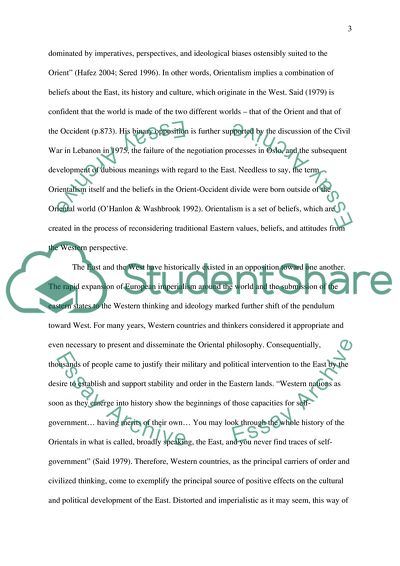Cite this document
(The Relationships Between Imperial Europe and Colonized East by Edward Research Paper, n.d.)
The Relationships Between Imperial Europe and Colonized East by Edward Research Paper. Retrieved from https://studentshare.org/culture/1746490-is-edward-saids-analysis-of-orientalism-still-relevant-today
The Relationships Between Imperial Europe and Colonized East by Edward Research Paper. Retrieved from https://studentshare.org/culture/1746490-is-edward-saids-analysis-of-orientalism-still-relevant-today
(The Relationships Between Imperial Europe and Colonized East by Edward Research Paper)
The Relationships Between Imperial Europe and Colonized East by Edward Research Paper. https://studentshare.org/culture/1746490-is-edward-saids-analysis-of-orientalism-still-relevant-today.
The Relationships Between Imperial Europe and Colonized East by Edward Research Paper. https://studentshare.org/culture/1746490-is-edward-saids-analysis-of-orientalism-still-relevant-today.
“The Relationships Between Imperial Europe and Colonized East by Edward Research Paper”, n.d. https://studentshare.org/culture/1746490-is-edward-saids-analysis-of-orientalism-still-relevant-today.


